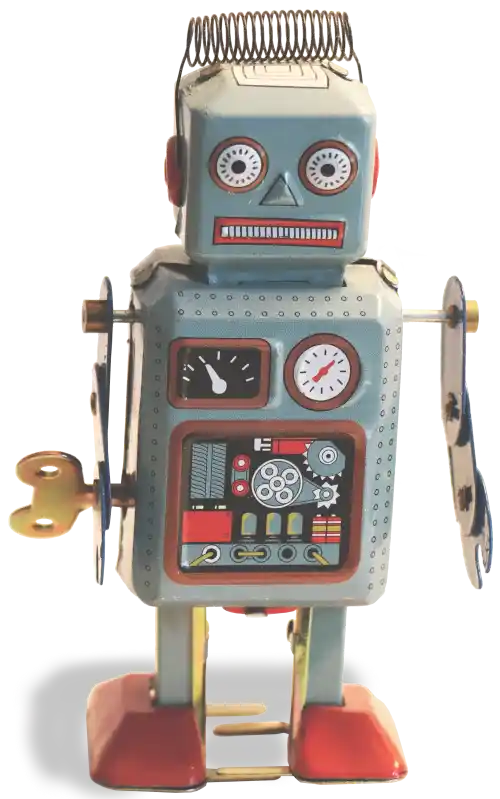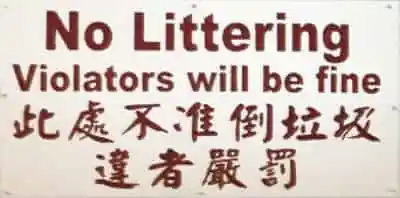Translation with and by computer programs
Computer assisted translation is today an unavoidable professional tool. Like anyone else, translators have always used computers. Following the typewriter, the staple translator tool has long been a word processor: Wordperfect, then MS Word, now perhaps WPS or LibreOffice Writer, an open-source application. A decade or two ago, applications specially designed to help translators began to be developed, and now computers are being trained to do it themselves. Here are some of the more common types of program.
What is a Computer Assisted Translation (CAT) tool?
Computer assisted translation tools (quite unlike machine translation, see below) are computer applications that help a translator to work. They suggest to the translator how a sentence has previously been translated. As the tool is used, it generates memories that can be used for suggestions in following translations. Computer assisted translation is a ‘dumb’ tool in that it does not try to guess at the meaning of a sentence, but simply makes a comparison with a store of sentences to find a match. It can save time, but it can especially improve consistency, so a given phrase is not unintentionally translated in several different ways.
Such tools, however, can have drawbacks. They split a text into segments that often correspond to a single sentence or shorter, so the translator works on one sentence or phrase at a time. This can be fine for texts that demand very precise translation such as contracts, but it does not encourage the translator to see a paragraph or page as a whole. They therefore discourage a creative approach, and encourage translators to keep source-language structures, even though they may not be ideal in the target language.
What Computer Assisted Translation (CAT) tools do translators use?
There are a number of common CAT tools on the market: MemoQ, MemSource, SDL Trados, Deja Vu, Smartcat, Matecat, Across, OmegaT, Wordfast… Some of the larger translation companies use their own in-house applications. Halifax runs a corporate MemoQ server and often uses SDL Trados.
What is a proofing tool?
A proofing tool is a computer application that checks a document for consistency, completeness and certain formal errors, like double spaces, repeated words and grammatical faults. Halifax uses a simple but effective one called X-Bench, among others.
What is machine translation?
(See also a recent blog post on this subject here.)
Machine translation (MT) is when a computer independently translates a text. It is quite different from computer assisted translation in that it constructs sentences itself.
The earliest forms of MT used an analytical approach. They attempted to ‘understand’ a sentence in the source language by examining its grammar and content, then constructed a new one in the target language. Some even used an intermediate stage of a third, abstract language, a sort of Platonic ideal. However, the vast complexity of languages and people’s ability to use words and constructions creatively set serious limits to the accuracy of these systems.

The second major approach was a statistical one. The MT system consumes large quantities of existing translations to build a statistical database. From this, it can judge the probability that a certain word or phrase in a given context will be translated in a particular way.
The latest and most effective method uses neural networks, a kind of artificial intelligence in which a machine learns by itself. It is fed with good translations, and learns itself how best to interpret a new text. The quality of these systems has been improving rapidly in recent years, but they still work best between languages of similar structure.
MT tools tend to have an excellent vocabulary but they do not have all the advantages of a human brain. Often, they translate a sentence brilliantly, but they can also misjudge it and produce serious errors of understanding, especially when dealing with a creative writer.
Unlike a human, machines have trouble judging when they do not know something: they just give it their best try anyway rather than admit that they need help. This can produce bizarre mistakes. While they can save time and resources, a machine translation should be carefully revised by an experienced translator.

Can I use Google Translate?
Google Translate is one example of machine translation that is publicly available at no cost. Its quality has recently been improving fast. Like all machine translation it has a good vocabulary, but it can also misunderstand a phrase completely. This tool is useful, especially if you want to get a rough idea of what a text means when it is written in a language you do not know. But you should use it with care: the trick lies in knowing when it is right or wrong, which often means you still need an experienced translator. Do not use it to translate a text into a language you do not know – you cannot tell what your readers will understand.
You might also consider the fact that text that you put into Google Translate is kept by Google for purposes we cannot be sure of. If your text is confidential, you may want to think twice.
Read more about machine translation and computer assisted translation in this BBC article.